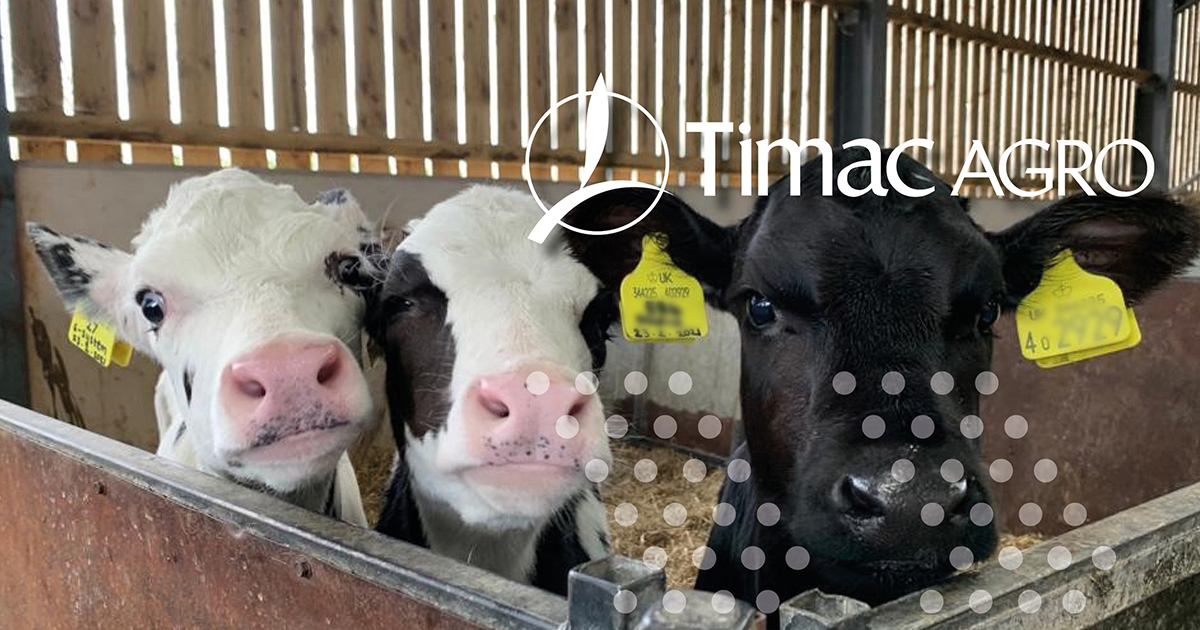Why is it Important to Prevent Milk Fever?

Milk fever can affect up to 1/3 of a dairy herd.
Milk fever mainly affects cows with high milk production from the 2nd calving. It is due to a quick increase in calcium during the start of lactation. Milk fever is therefore characterized by a decrease of calcium in the blood (also called “hypocalcemia”) often accompanied by a fall in the concentration of phosphorus and magnesium in the blood and an increase in urinary pH. Milk fever appears within 48 hours of calving. The appearance of milk fever is often the consequence of dietary errors during the dry period. The hormonal system that allows the transfer of Calcium from the bone to the blood is not active.
HOW TO PREVENT AND/OR LIMIT THE RISK OF HYPOCALCEMIA?
DURING THE DRY PERIOD:
- A balanced intake of minerals:
-Limit calcium intake ideally to 3.5 g/kg DM or 70 g total calcium/day. This allows the cow to synthesize the hor- mones & vitamins, necessary to release calcium from the bones → avoid legumes, cruciferous beet pulp.
-Reason with phosphorus intake ideally 2.2g/kg DM
-Limit potassium intake ideally 5.2g/kg MS → avoid excess grass consumption
-Additional magnesium intake ideally 1.2g/kg DM or 35g total/day
- Intake of trace elements and vitamins in particular vit E and Se.
Observe a body mass around 3-3.5 max at calving. Maximize ingestion: 12 to 14 kg DM/Day
IN THE CALVING PREPARATION PHASE DURING THE 3 LAST WEEKS:
-Increase the starch ration
-Have a BACA close to zero via anionic salts.
-Vitamin D3 intake
In trials, TIMAC AGRO Technologies have demonstrated a 35% reduction in milk fever cases, by supporting the immune system and correcting dietary imbalances
